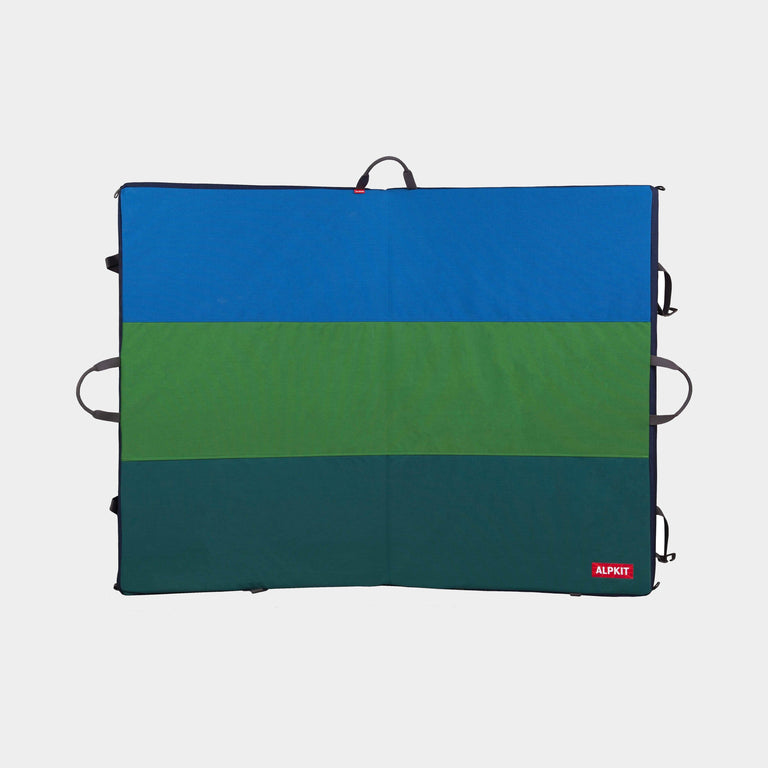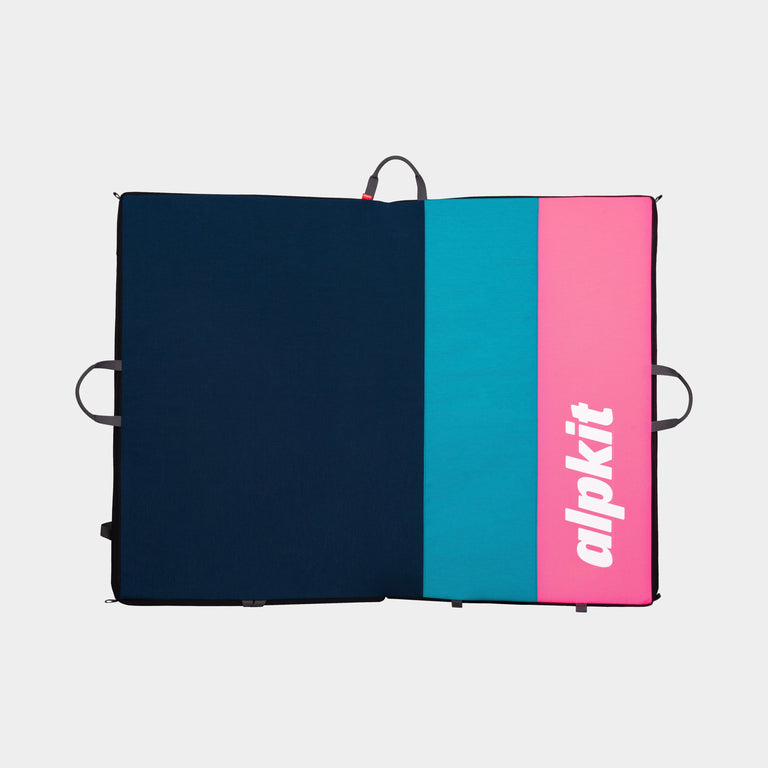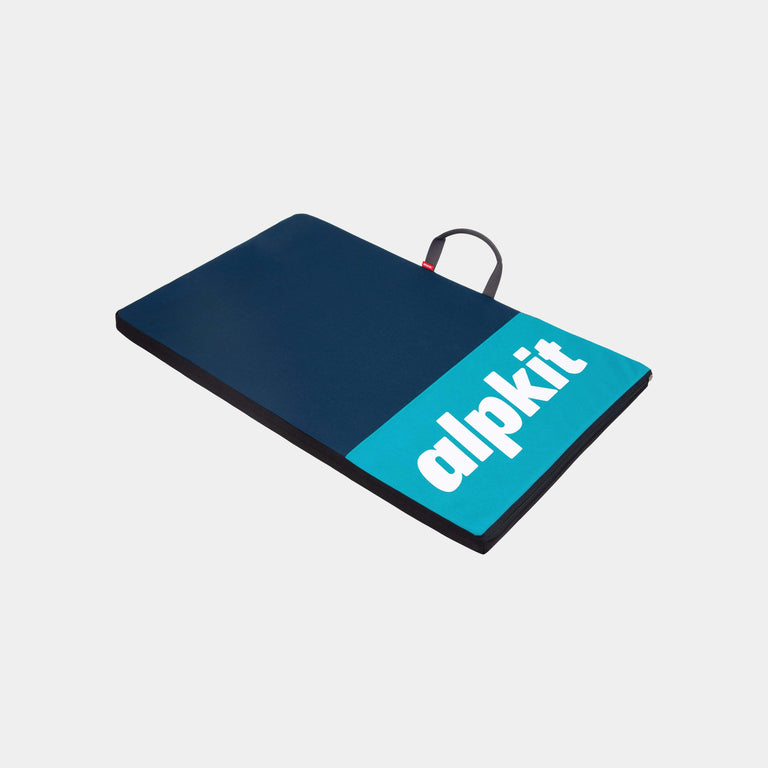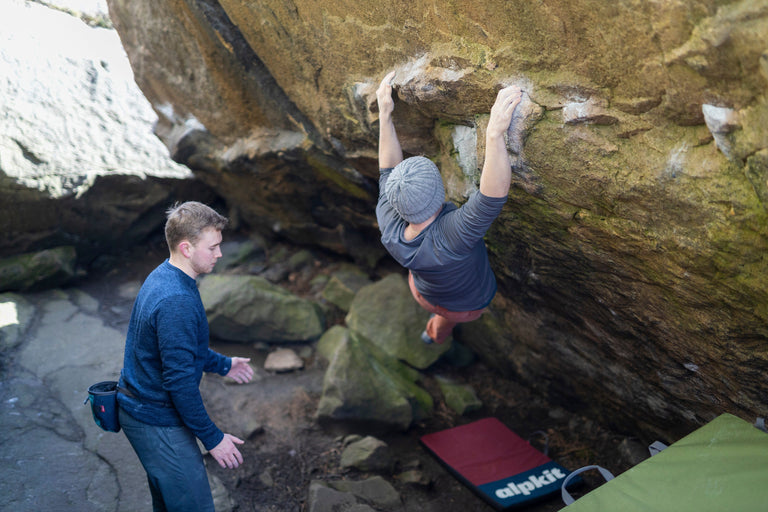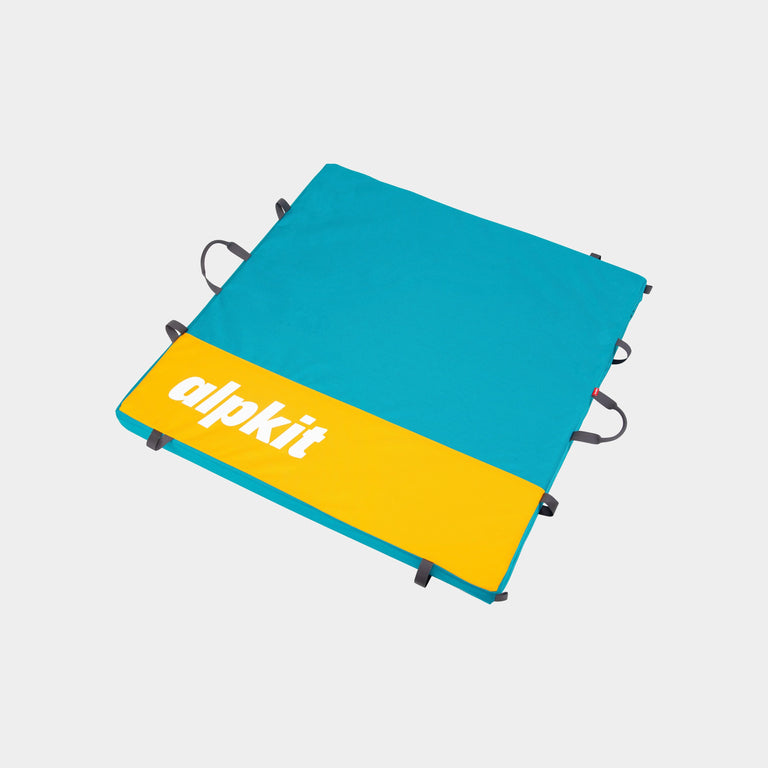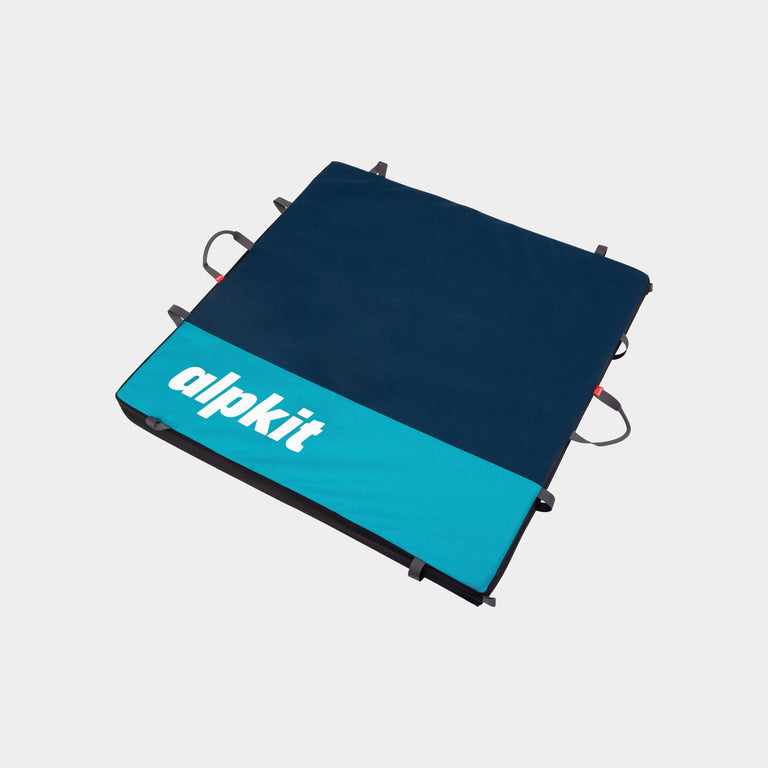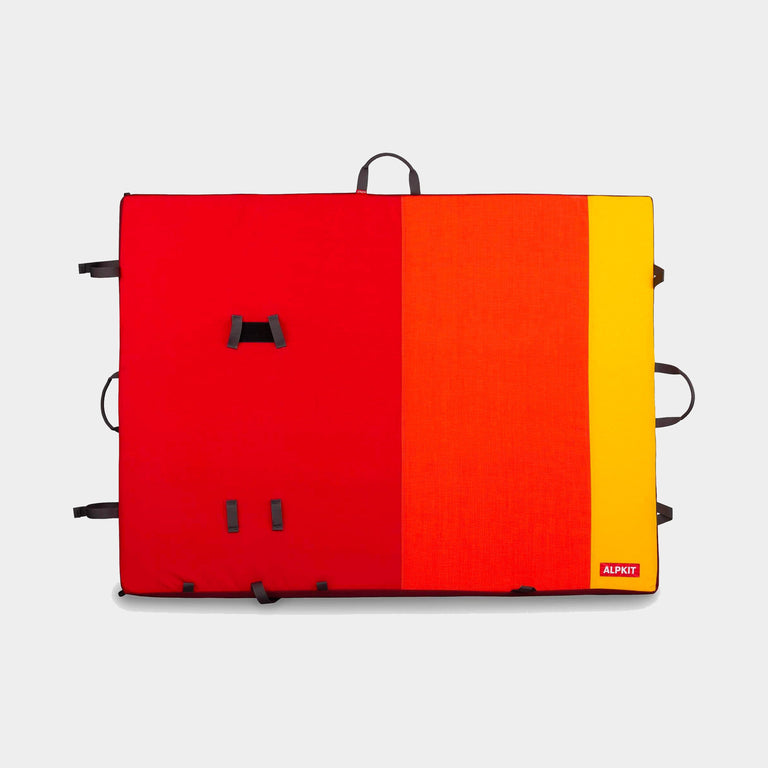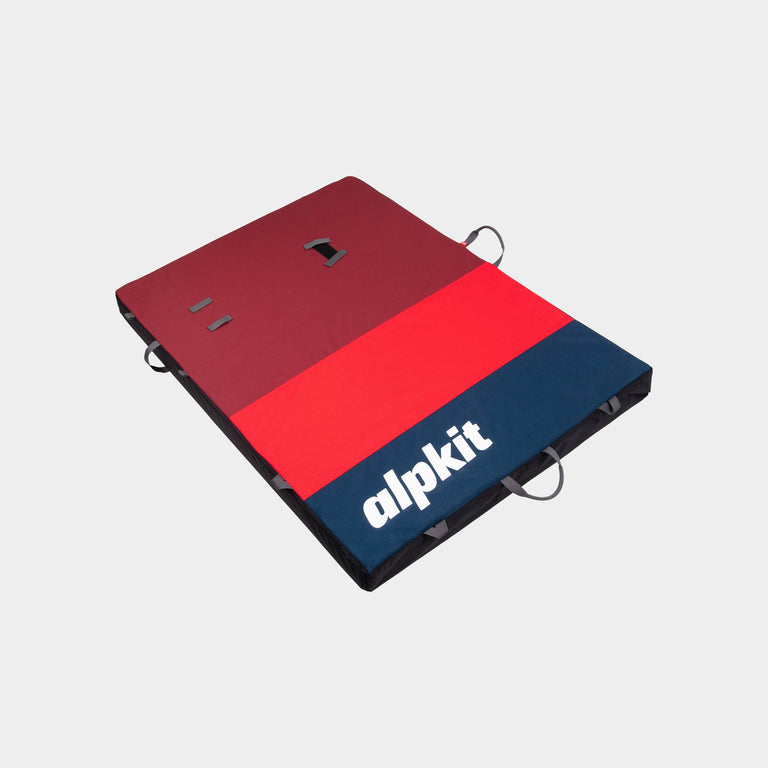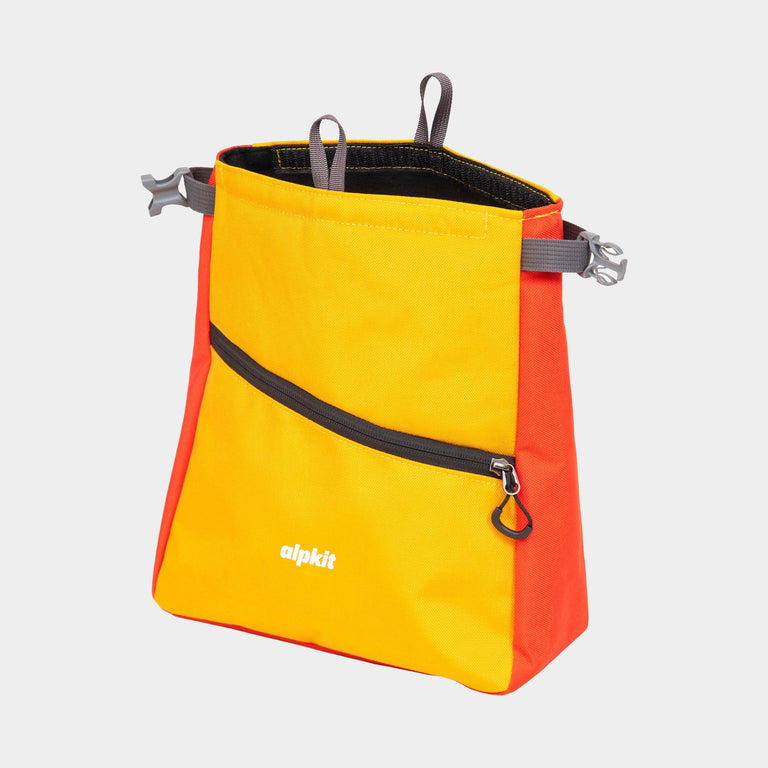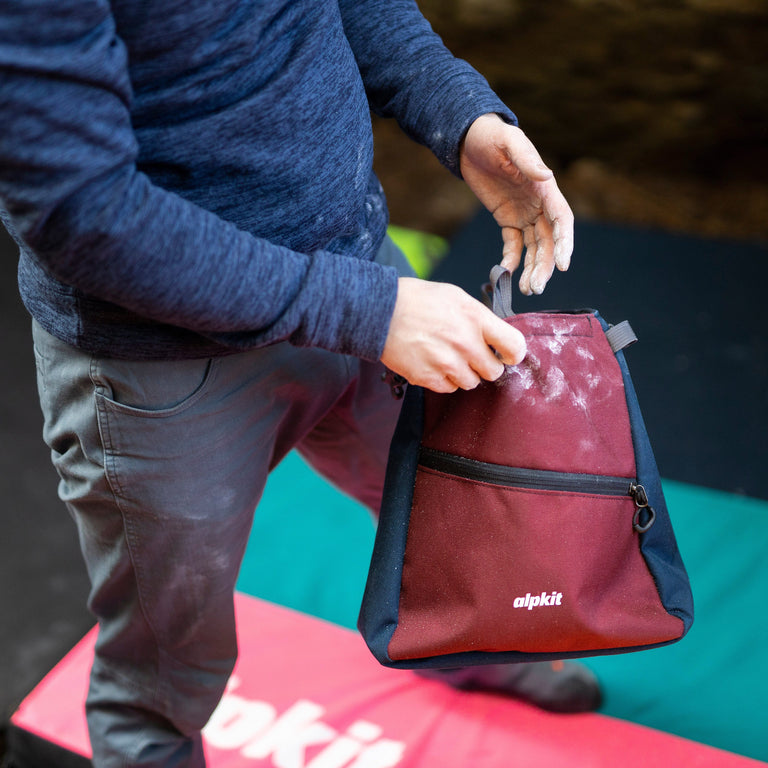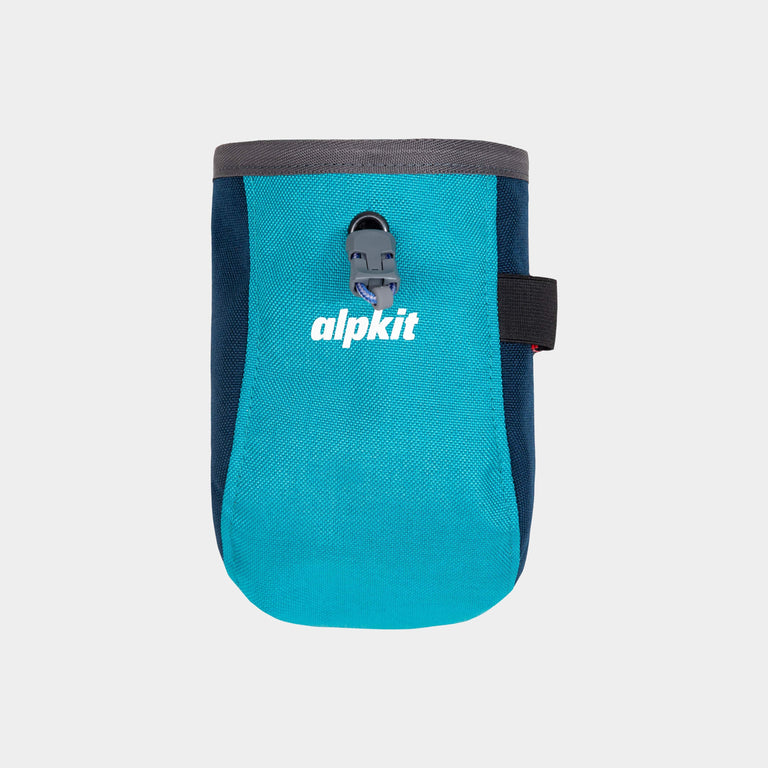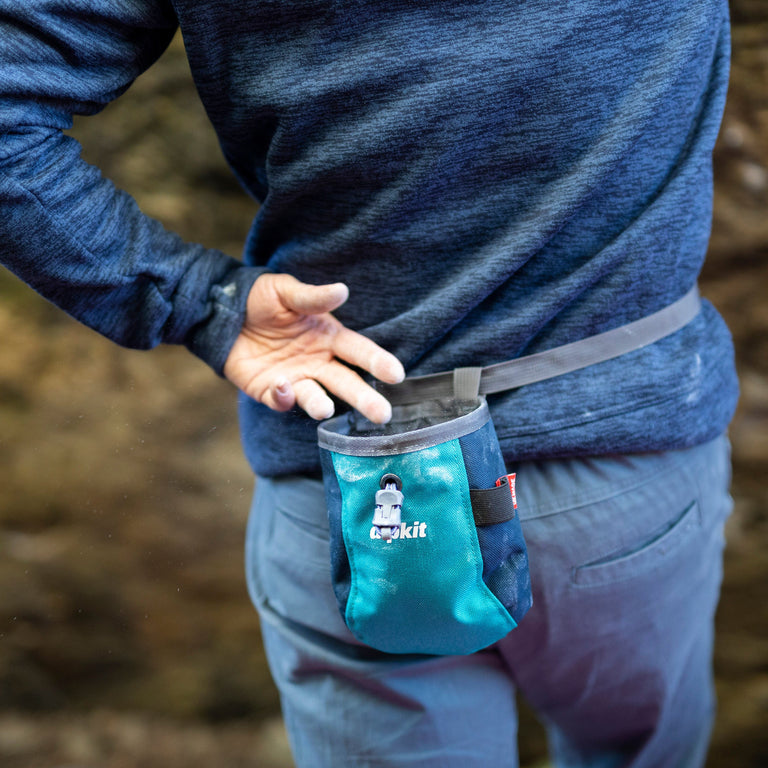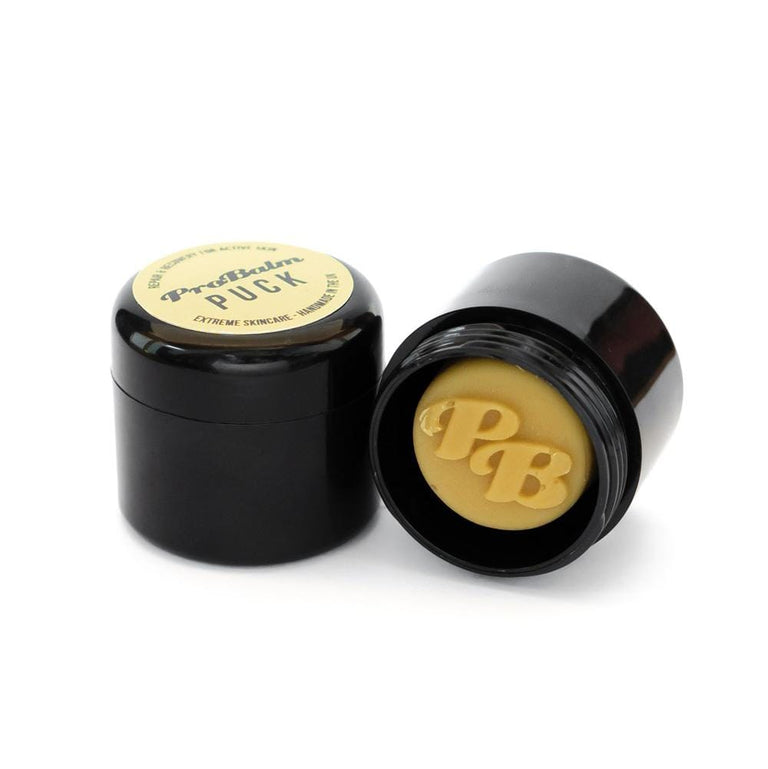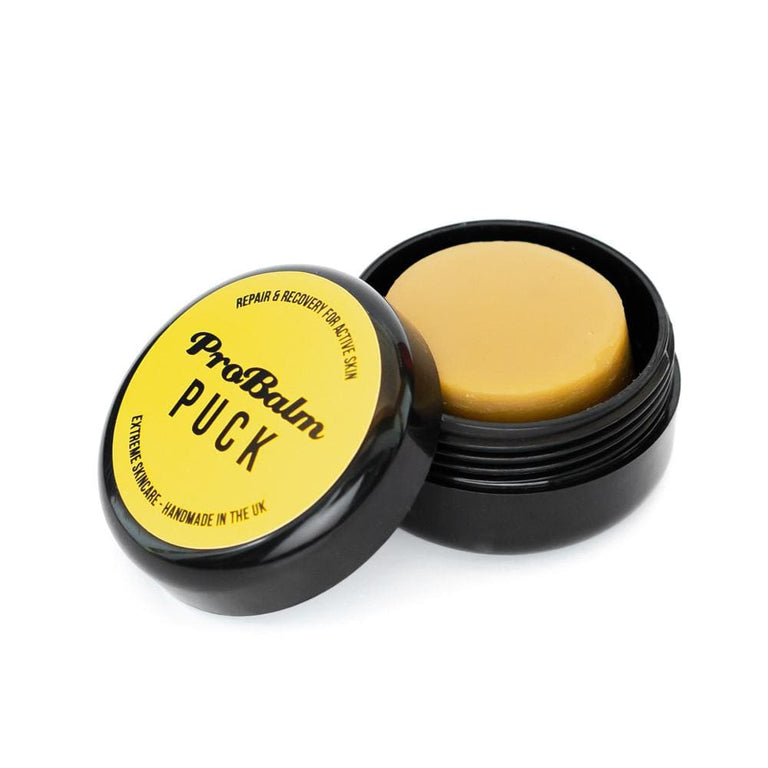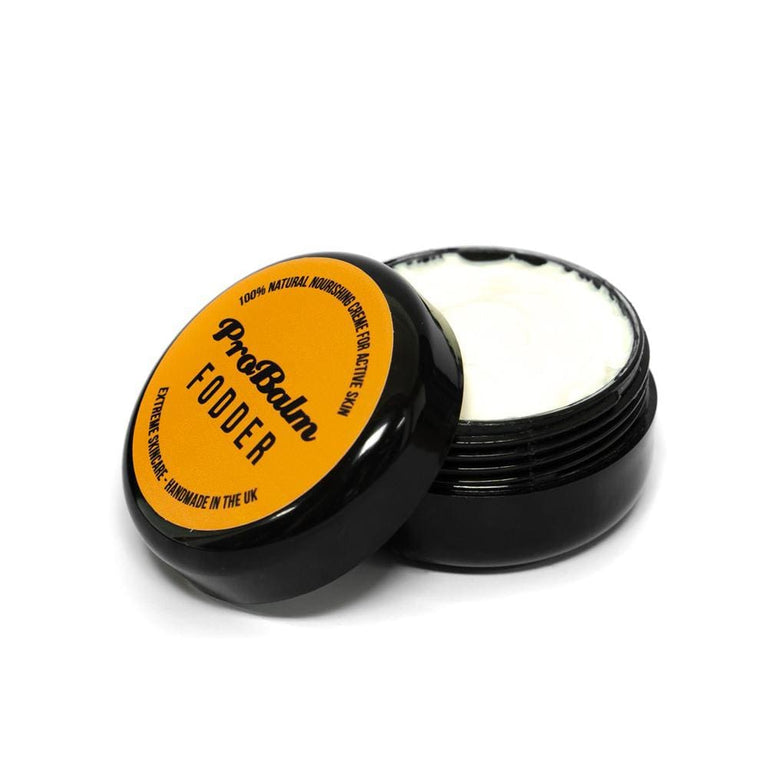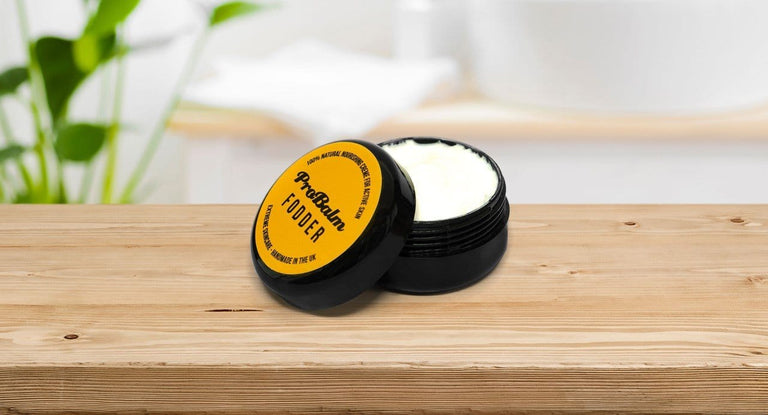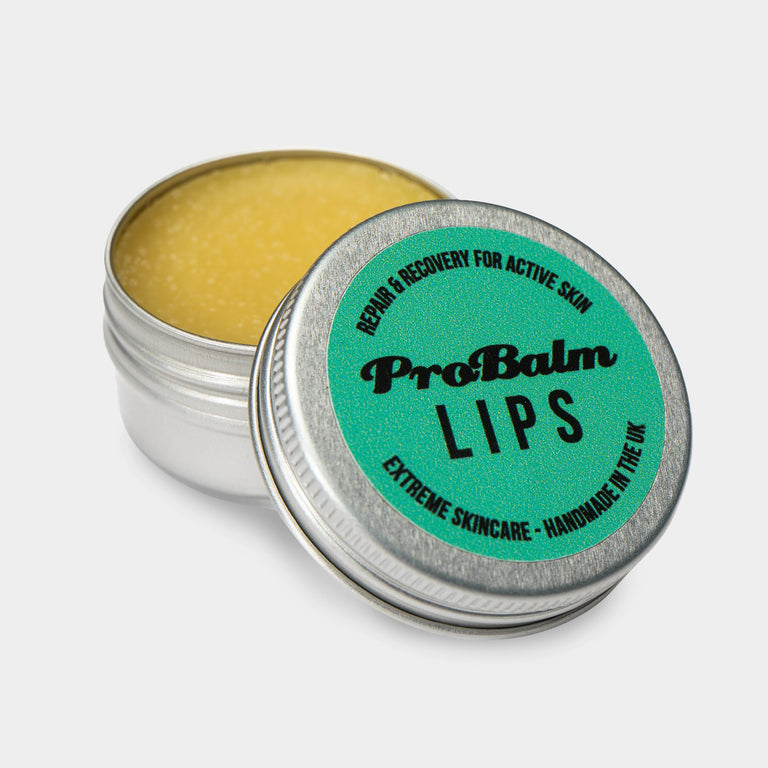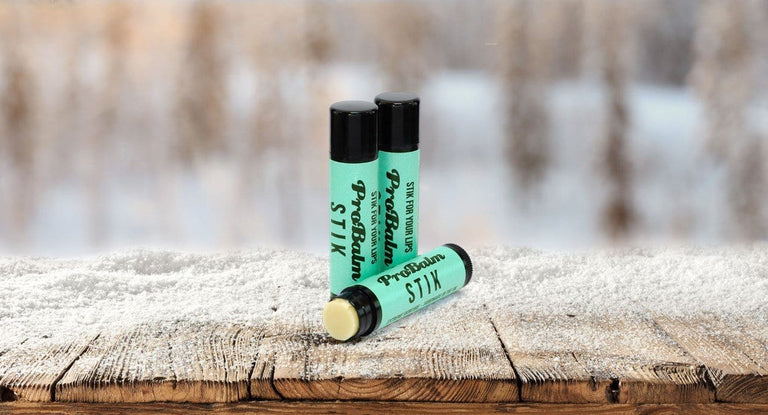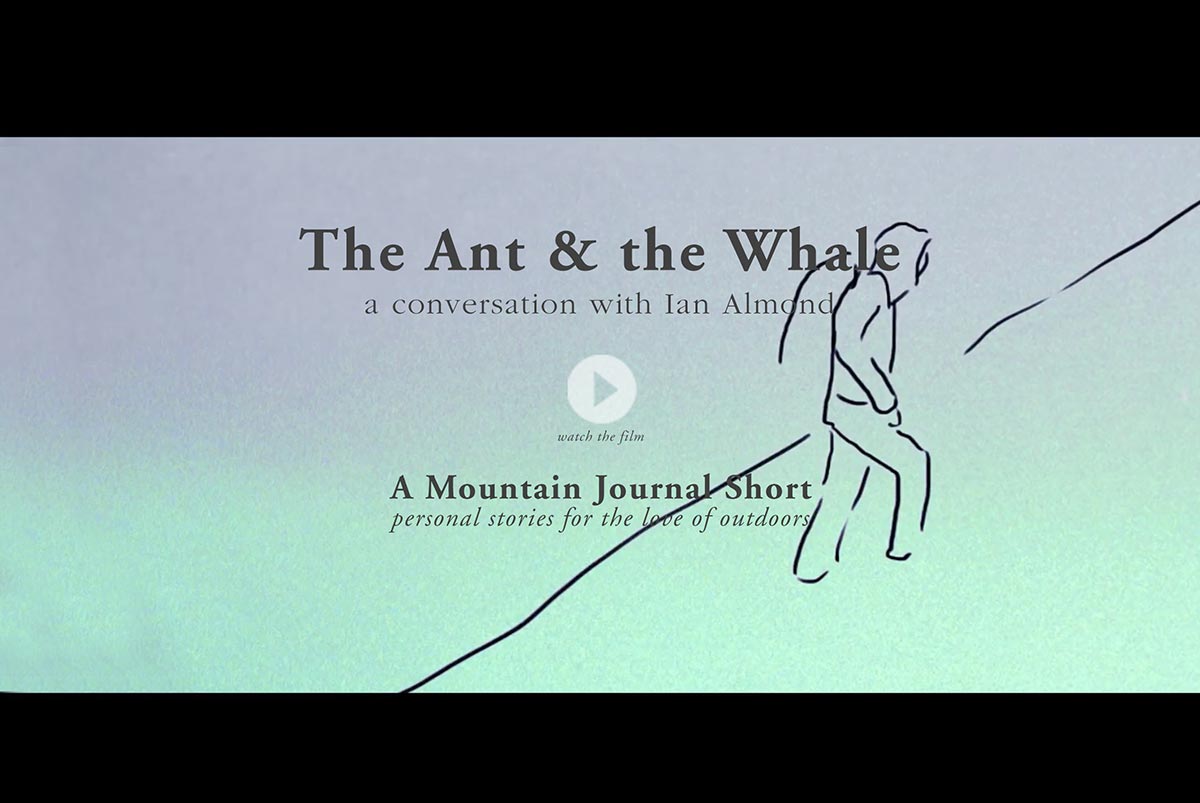
Sharing the tale of Ant and the Whale, a whimsical adventure on the high seas.
Dom Bush has been making films for us over the last 4 or more years and what links many of these films is that they are not showy, if anything verging on the understated, but where the individuals story speaks loud. We caught up with him about the film and why this style of film naking is always going to be important. (Parental Advisory! Please be aware that a couple of naughty words slip out during this film)
So Dom, tell us briefly what the film is about.
In a nutshell the film is about identity, how we build it up and how it can be taken away. It’s deliberately ambiguous as the concept of identity is relevant to so many people. The film is about Ian Almond, but it’s also about me, and lots of other people too.
We all identify as something, perhaps as a mountain biker or runner or climber for instance. The concept has always interested me, and it tends to be a strong element within adventure films because adventurous people all have their little niche. In a deeper sense, we build up these identities so we can feel part of something greater than us, feel accepted by others and not be alone in our endeavours. Over the years I have been a very passionate skier, mountain biker and climber, but at the moment I don’t really feel like any of those so that’s probably why I wanted to explore this topic.
How did that original conversation start with Ian, why did you want to delve deeper into his story?
Ian has become a close friend of mine over the past few years. When I met him I’d just settled in Kendal and was beginning to make new friends here. We discussed climbing (he’d achieved some very impressive things) and he talked to me about this strange accident he’d had in the Alps, showing me his healing fingers. He seemed very humble and willing to share his thoughts and story. I look for people like that as friends; for better or worse I struggle to maintain small talk for very long!
The concept originally started out as a podcast. I love radio and podcasts so I wanted to try making one. It was ok, but pretty long and probably not as accessible for people. So we turned that original conversation between two friends into a film.
It wasn’t really Ian’s accident that compelled me to tell this story, it was the fact he could be totally honest about losing his identity as a climber, and I was fascinated about how he was building it back up as something else, something healthier. Climbing had dominated his life for a long time, in positive and negative ways.
Being a climber has all sorts of connotations – you are brave, a risk taker, you conquer, you go places other people don’t. All of that stuff can be really valuable in life, but it can also inflate your ego and be a convenient cover for the things that trouble you. As Ian says in the film – ‘climbing is big and brash and noisy’.


Creatively it’s presented in quite a different way from many of your other films, was there one aspect of Ian’s story that really laid the foundation for how you wanted to represent it?
I wanted it to be understated, honest and avoid the showy high fives and bravado of most adventure films. That would be the most fitting way to represent Ian’s character. He definitely wouldn’t have made this film if I hadn’t asked him to; he was quite uncomfortable about it in some ways. Unfortunately for him, I’m drawn to characters that don’t want to be in the limelight!
We knew we needed to show the viewers what had happened to Ian that day in the Alps when he got frost-bite, but we didn’t want to make a ‘Touching the Void’ style reconstruction. Simon and I threw some ideas around and just by chance I found a short animation technique called Rotoscoping. This way I could effectively act out the scene and draw over the shots to create an animated sequence. It seemed like a cool element to bring in to the film – but it took a very long time. I wanted it to be scrappy and imperfect, like a distant memory.
In terms of the way I shot it, it was very natural, almost everything was handheld and I wanted movement in every shot so it had energy and life to it. We were also covering large distances by foot and I didn’t want to carry lots of kit, just one camera and one lens. My drone broke the day we arrived in Scotland, which was initially stressful, and later became a relief. Drones are great tools but they are noisy and annoying and can be overused – a filmmaker should be able to make a good film without a drone!
The initial concept was to head back to the Alps, why the change to Torridon?
Our plan was to head out to Chamonix and shoot the film there, but the weather looked really bad as the date approached. We hoped for the best but the lifts were shut in Chamonix and huge thunder-storms were forecast, the mountains would be really dangerous. So we had to quickly change plans and head to bonny Scotland! It just so happened that we were in the midst of a spell of low pressure, it couldn’t have been better weather wise.
I’d wanted to climb Fionn Butress for a number of years after a friend told me about a trip up there, and I wanted to return to An Teallach, it’s one of the most beautiful places I’ve ever been and they both fitted well for the story.

Do you have a pang of regret that you didn’t get the chance to film Ian back in a similar environment to where he had is accident, or do you think this has actually added to the film?
Yes and no. Without a doubt it would have been fitting to shoot the film in the snowy mountains but we were worried about it coming across as a reconstruction, so we needed some contrast in some way. Shooting it in different surroundings and conditions offered that contrast, but it was potentially a little more disconnected from the content. I think we made it work the best we could in the circumstances.
As for going to Torridon – we don’t regret it for a second. That place is made of magic. All in all it was less stressful and much calmer than the Alps too. We had a great trip together.
"Attention needs to be gained in the first 2 seconds" we are warned, or we’ll continue scrolling on through overpopulated social feeds. In a digital landscape packed with fast paced, quick hit outdoor films, why do you feel it is still so important to make time for emotive, reflective story telling?
Because stories are critical to our understanding of the world and the people we share it with! That’s why we read them to our children. If we all tried to learn about the world through fast paced digital products we would quickly find ourselves in a sorry state (and perhaps we already have?).
Documentaries have been part of our existence from the beginning (think cave paintings), and they will be there long after all the cat videos have gone. There is a risk however, that amongst all the noise of the Internet, important stories get lost. So maybe this film is a bit of a creative protest on my part - a way to do something a bit different, show the importance of storytelling and not just add to the noise. Perhaps it’s good for us to slow down?
There’s an important story in there, if you have a little extra time to watch it!
Watch all films on theMountain Journal Shorts Channel

